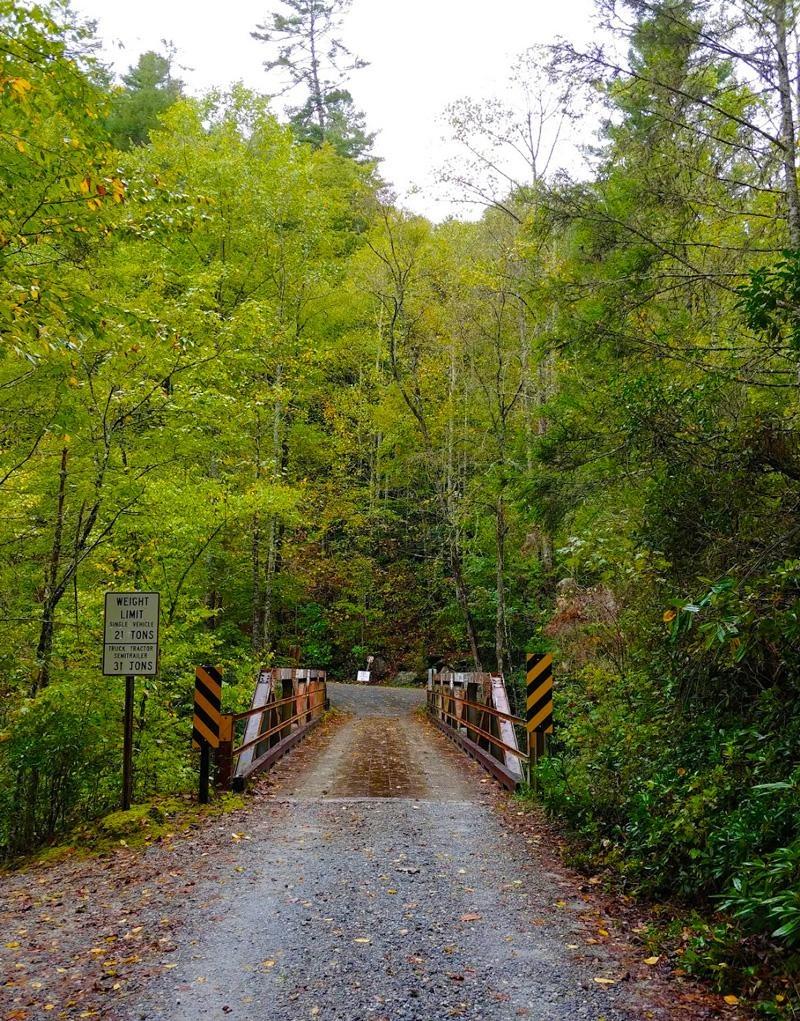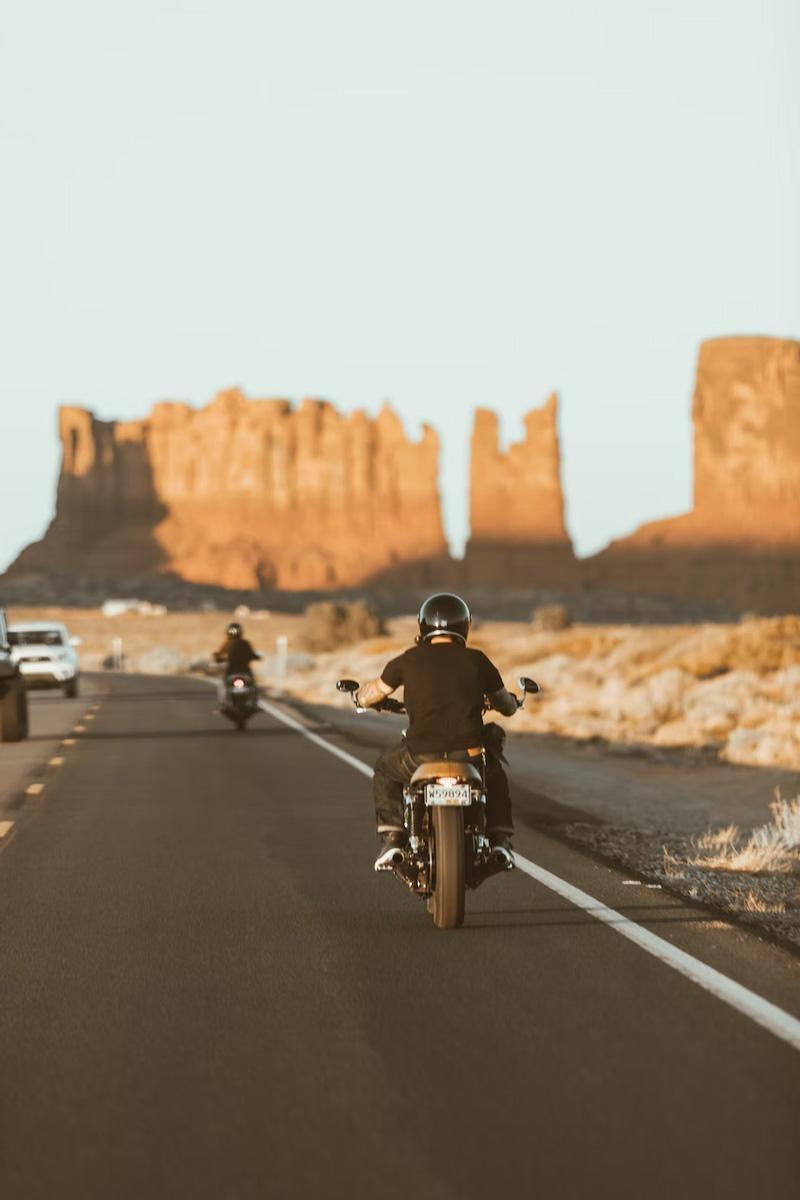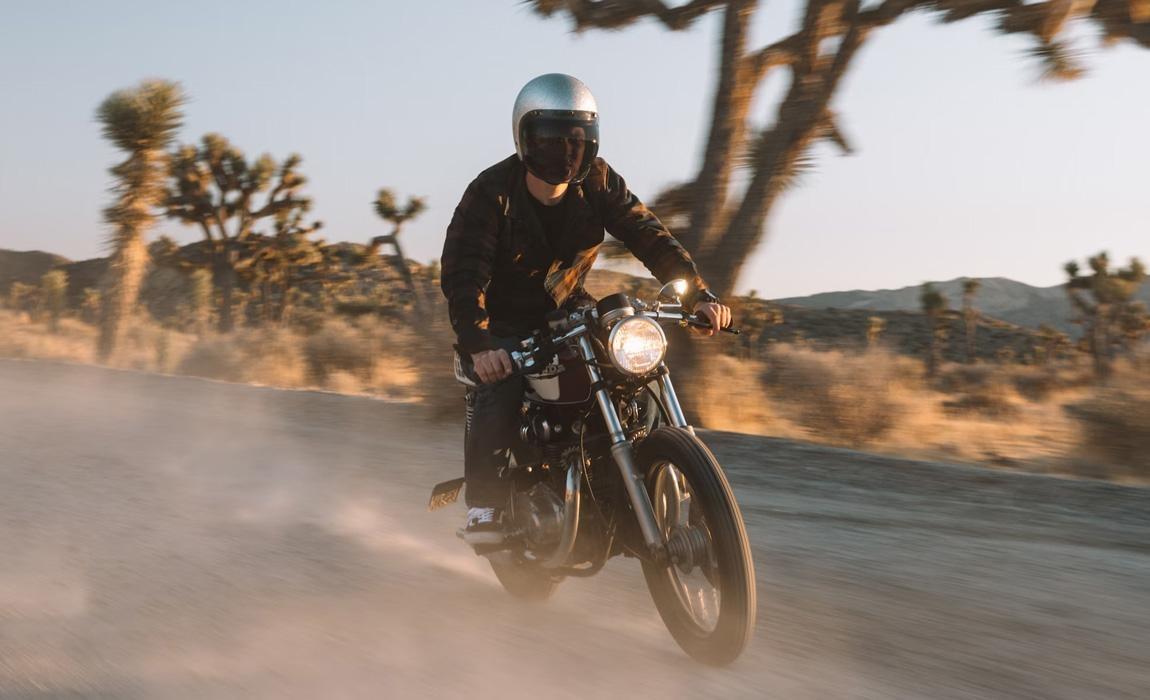Comprehensive spring motorcycle maintenance sets the foundation for safe, enjoyable riding adventures after months of winter storage. Whether you're planning epic road trips to iconic destinations like North Carolina's Tail of the Dragon or weekend escapes along scenic backroads, proper preparation ensures your bike performs flawlessly when adventure calls.
Best Family Vacation Idea?
- Battery maintenance involves testing charge levels, cleaning terminals, and replacing units over two years old since winter storage drains power significantly.
- Tire inspection includes checking pressure, examining tread depth, and looking for cracking or dry rot that develops during extended storage periods.
- Fluid changes encompass fresh oil and filter replacement, brake fluid testing, and fuel system cleaning to remove ethanol-contaminated winter gas.
- Control system checks cover cable lubrication, brake pad inspection, and chain cleaning to ensure responsive handling during spring rides.
- Test rides around local areas help identify overlooked issues before embarking on longer motorcycle adventures and road trips.
Essential Spring Motorcycle Maintenance for Road Trip Readiness
Spring motorcycle maintenance begins with addressing systems most affected by winter storage. Cold temperatures and extended inactivity create specific challenges that require systematic attention before your first ride.
Battery and Electrical Systems demand immediate attention since winter storage commonly drains battery power. Test your headlights and turn signals first - if they don't illuminate, charge the battery with a proper tender and hope replacement isn't necessary. Clean battery terminals, inspect connections, and verify all electrical components function properly. Replace batteries over two years old, as they may no longer hold adequate charge for reliable starting.
Tire and Brake Safety forms your bike's foundation for safe travel. Check tire pressure first, as cold temperatures cause significant pressure drops overnight. Inspect tread depth using wear indicators and examine sidewalls for cracks or dry rot. Brake pad inspection prevents dangerous situations - worn pads that go unnoticed create serious safety hazards. Test front and rear brake response, check fluid levels, and replace components showing excessive wear.
Fluid and Filter Maintenance ensures optimal engine performance throughout riding season. Change oil and filter even if completed before winter storage, and top off brake fluid, coolant, transmission oil, and fork oil while checking for color or consistency changes. Replace old fuel containing bio-ethanol, which binds moisture and causes corrosion in tanks during extended inactivity.
Professional Inspection Benefits
While basic maintenance handles most spring preparation, professional mechanics identify complex issues beyond typical rider capabilities. Experienced technicians check steering head bearings, suspension linkages, and other critical systems requiring specialized knowledge. Schedule professional service if you're uncomfortable performing maintenance or notice unusual sounds, vibrations, or handling characteristics during test rides.

Strategic Route Planning for Spring Motorcycle Adventures
Route selection requires balancing personal skill level, riding style preferences, and seasonal conditions. Popular destinations like Iceland Circle Tours or Texas motorcycle adventures offer incredible experiences, but local discoveries often provide equally rewarding journeys.
Skill-Appropriate Route Selection prevents dangerous situations while maximizing enjoyment. Consider your experience with long-distance riding, challenging terrain, and technical curves when choosing destinations. North Carolina's Tail of the Dragon offers 318 curves in 11 miles but demands full attention and advanced riding skills. Newer riders benefit from less technical routes that build confidence gradually.
Riding Style Considerations influence ideal destinations beyond technical difficulty. Some riders prefer covering vast distances quickly via interstate highways, while others enjoy leisurely exploration of scenic backroads. Weekend warriors might choose local coastal routes or mountain passes, while extended vacation riders target cross-country adventures or iconic motorcycle touring destinations.
Attraction-Based Planning creates memorable experiences beyond simple transportation. Research specific stops, landmarks, or activities that align with your interests. BBQ tours through the Carolinas, brewery visits along Pacific Coast routes, or camping adventures in national parks add purpose to motorcycle travel while creating lasting memories.
Essential Gear and Storage Solutions
Proper gear selection enhances safety and comfort during spring adventures. Pack thermal base layers for morning temperature variations, quality rain gear for unexpected showers, and appropriate tools for roadside maintenance.
Storage capacity determines trip flexibility and comfort levels. Motorcycle saddlebags provide essential carrying capacity for extended journeys, and companies like Viking Bags offer bike-specific solutions that enhance both functionality and aesthetics. Quality saddlebags accommodate camping gear for off-grid adventures, spare clothing for changing weather, and essential tools for roadside maintenance while maintaining proper weight distribution.

Managing Spring Weather Challenges
Spring weather creates unique riding challenges requiring strategic preparation and adaptable mindset. Temperature swings, precipitation patterns, and wind conditions demand specific gear and route planning considerations.
Temperature Management addresses dramatic daily variations common during spring months. Mornings often start near freezing before climbing into comfortable afternoon ranges. Layer clothing systems allow adjustments throughout the day without stopping for complete gear changes. Heated grips and vest options provide comfort during cold starts while remaining easily removable as temperatures rise.
Precipitation Preparedness goes beyond carrying rain gear. Spring's frequent showers create slick conditions, especially during the first 15 minutes when water mixes with road oils. Reduce speed by 25% on wet pavement, watch for standing water hiding road hazards, and avoid riding during severe weather conditions. Pack quality rain gear in easily accessible locations and plan alternate routes avoiding exposed areas during storms.
Wind Management Strategies become crucial for safe spring riding. Strong crosswinds can push motorcycles across lanes while gusty conditions create unpredictable handling situations. Maintain relaxed handlebar grip, position yourself in lanes allowing wind correction room, and watch larger vehicles ahead for wind indicators. Consider windshield adjustments based on prevailing wind conditions and avoid high-wind areas like bridges during severe conditions.
Road Condition Awareness
Spring roads present hazards absent during peak riding season. Winter freeze-thaw cycles create potholes, salt residue reduces traction in corners, and fresh asphalt patches may be slicker than surrounding pavement. Road surfaces that haven't seen regular motorcycle traffic all winter require extra caution, particularly in familiar curves where standing water might hide debris.
Preparing for the Ultimate Spring Adventure
Spring motorcycle preparation extends beyond mechanical maintenance to encompass physical and mental readiness. Motorcycle riding demands physical conditioning that weakens during winter months, requiring gradual rebuilding through stretching and short practice rides.
Physical Preparation prevents fatigue and injury during extended rides. Strengthen core muscles supporting riding posture, stretch tight hip flexors and shoulders, and practice clutch and brake lever operation to rebuild muscle memory. Start with short local rides before attempting longer adventures, allowing your body to readjust gradually.
Mental Preparation involves refamiliarizing yourself with traffic patterns, road hazards, and defensive riding techniques. Review safety protocols, practice emergency braking and swerving maneuvers in controlled environments, and refresh knowledge of group riding etiquette if planning adventures with fellow riders.
Documentation and Insurance verification ensures legal compliance and emergency preparedness. Confirm motorcycle registration and insurance coverage remain current, carry emergency contact information, and notify others of planned routes and expected return times for solo adventures.
Ready to Ride: Your Spring Motorcycle Journey Awaits
Proper spring motorcycle maintenance and thoughtful trip planning transform winter dreams into unforgettable road adventures. From systematic mechanical preparation to strategic route selection and weather management, comprehensive preparation ensures your bike performs flawlessly while you focus on enjoying the freedom only two wheels can provide.
Remember that the best spring rides balance careful preparation with spontaneous discovery. Whether you're conquering challenging routes like the Tail of the Dragon or exploring peaceful backroads near home, the journey itself becomes the destination when you're properly prepared. Start your engines, respect the road, and embrace the adventure that awaits on the open road.
Hey James Hills wants you to share this!

